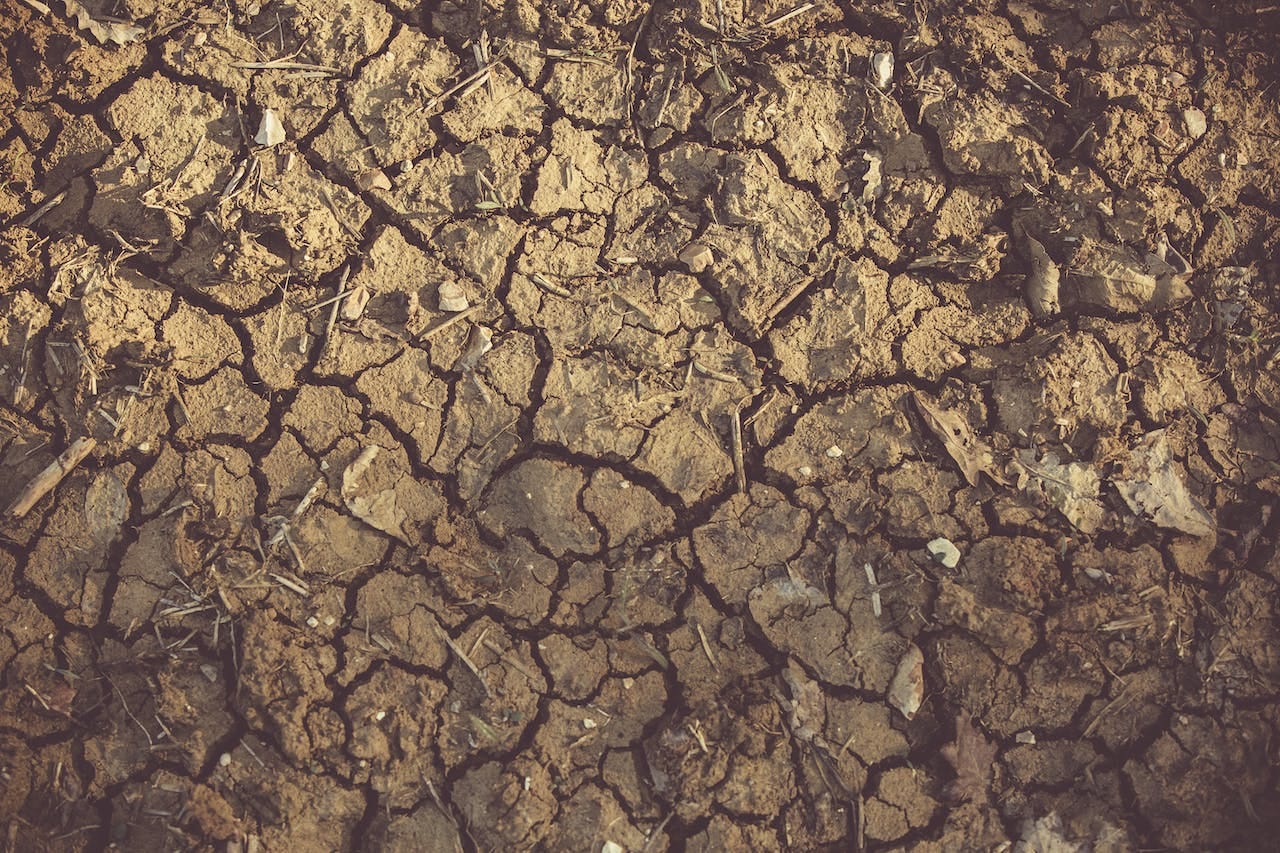Iran's Economy in 2024: A Forecast
Predictions moving forward
As we venture into 2024, a scrutiny of Iran's economic landscape, with its intricate interplay of burgeoning prospects and formidable challenges, becomes indispensable.
The year 2023, a repository of pivotal data and trends, serves as an invaluable guide in forecasting the trajectory of Iran's economy. Our analysis dissects the confluence of factors shaping this trajectory — geopolitical manoeuvres, domestic policy reforms, global market fluctuations, and regional geopolitical dynamics.
This comprehensive examination, executed with the rigorous characteristic of economic discourse, aims to provide a nuanced perspective on the potential economic developments Iran may encounter in the year ahead.
Growth Amidst Challenges
Despite various domestic and international hurdles, Iran's economy has shown resilience. In 2023, it was projected to grow by around 2%. This growth, though modest, is significant given the complex tapestry of US sanctions, the lingering effects of the COVID-19 pandemic, and Iran's internal political dynamics. The energy sector, a cornerstone of Iran's economy, has substantially contributed to this growth, thanks to Russia’s bind over its war in Ukraine. The Statistical Centre of Iran (SCI) reported a 7.1% increase in the country's Gross Domestic Product (GDP) between June and August 2023, with almost half attributed to the energy sector. This increase is significantly higher and could well project into 2024 considering the unchanging situation in broader geopolitics currently.
Inflation: The Persistent Challenge
Inflation is one of the most daunting challenges for Iran in 2024. In 2022, the inflation rate was nearly 50%, with an average of around 40% over the past five years. Although efforts are being made to tackle this, such as President Ebrahim Raisi presenting a significantly enlarged state budget to boost growth and reduce inflation, it remains to be seen how effective these measures will be. As of January 2, the dollar continues to hover above IRR500,000 on the website Bonbast. Despite the rial’s ongoing status “in the 50s” local manufacturers would like some semblance of stability in the currencies in 2024.
The current administration suffers from significant opposition not only from liberals but also a growing chorus of conservatives who find Raisi’s handling of the economy less than stellar, prompting further capital flight and inflation. This and a ticking clock on the upcoming parliamentary elections could paralyse the current administration. Voter apathy levels are so high now that cynical attempts to slide past the population by hardliner groups could well be the outcome of the Majlis elections.
The International Monetary Fund (IMF) has painted a cautiously optimistic picture for Iran's economy in 2023, projecting improvements in 10 major economic indicators compared to 2022. This suggests a potential continuation of positive trends into 2024.
However, it's essential to consider that the IMF's predictions are contingent upon several variables, including geopolitical developments and global economic trends. Also, despite the positive outlook by global bodies, the information they present in English derives from organisations like the Central Bank of Iran or the SCI, so salt-a-plenty.
Looking ahead, we anticipate a year of measured optimism for Iran's economy in 2024. The expected growth rate, albeit slightly lower than in 2023 at 1.9%, along with the potential uplift from a buoyant energy sector, could provide a much-needed economic boost. However, this optimism is tempered by the ongoing challenge of high inflation, which will necessitate the incumbent administration's robust fiscal and monetary policies.
International relations, especially the status of US sanctions and the global energy market, will play a pivotal role in shaping Iran's economic landscape in 2024. Meanwhile, deals with regional partners, including China, Saudi Arabia and Central Asian nations, will likely continue in 2024 as the US removes itself from proceedings.
Any relaxation in sanctions, particularly in the energy sector, could significantly bolster economic growth, as seen in 2023, with China continuing its purchases of Iranian oil. Conversely, heightened tensions or stricter global sanctions could derail the expected growth trajectory.
Iran’s Environmental Struggle
In 2024, Iran is predicted to face significant environmental challenges, primarily driven by climate change. The country's arid and semi-arid regions are increasingly vulnerable to recurrent and prolonged meteorological droughts. This heightened vulnerability is underscored by the assessment of future meteorological droughts in areas like the Lake Urmia basin, utilizing data from 54 general circulation models (GCMs).
The projections for future drought occurrences under various climate change scenarios indicate a significant likelihood of drought, with percentages ranging from 17.74% to 19.23%, and the most severe condition predicted under the A2 scenario. Notably, moderate droughts are expected to be more prevalent than severe and extreme droughts across all stations.
The impact of environmental issues extends beyond mere ecological concerns. The growing climate migration crisis in Iran is a testament to the severity of the situation. In 2021, an estimated 41,000 Iranians were displaced due to factors including drought, sand and dust storms (SDSs), floods, and land degradation. Specifically, SDSs alone were responsible for the migration of approximately 2,300 people.
Conclusion: A Cautiously Optimistic Outlook
In conclusion, 2024 will likely be a year of cautious optimism for Iran's economy. Growth is expected, driven by sectors like energy, but the shadow of emigration and high inflation looms large in the country.
The effectiveness of government policies and the state of international relations will be key determinants in whether Iran can successfully navigate these economic waters.
As mentioned above, the ongoing negative feelings towards Raisi and his economic team do not give local businesses confidence that they can fix the situation anytime soon. That aside, Iran’s economy will continue to tick with the help of hydrocarbons and petrochemicals. However, this is a short-term fix, and further shocks could be coming.




